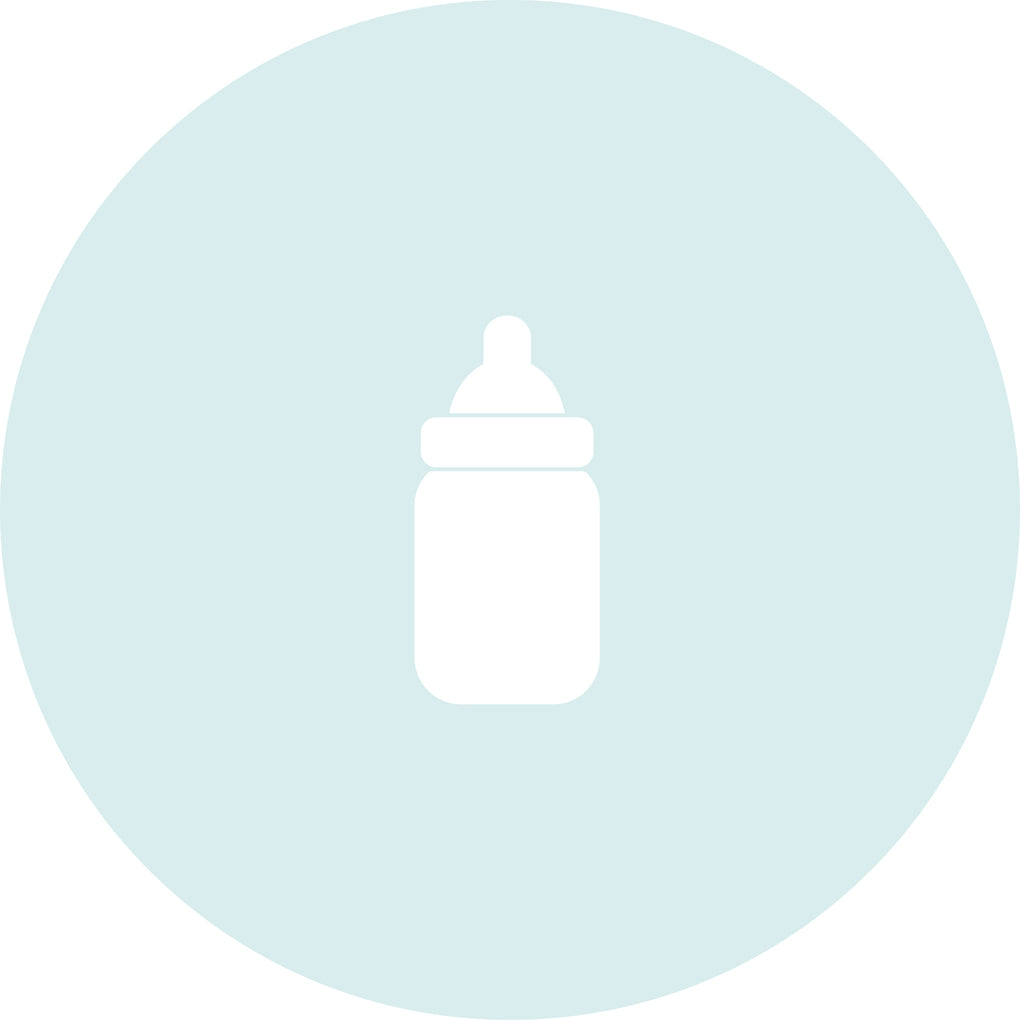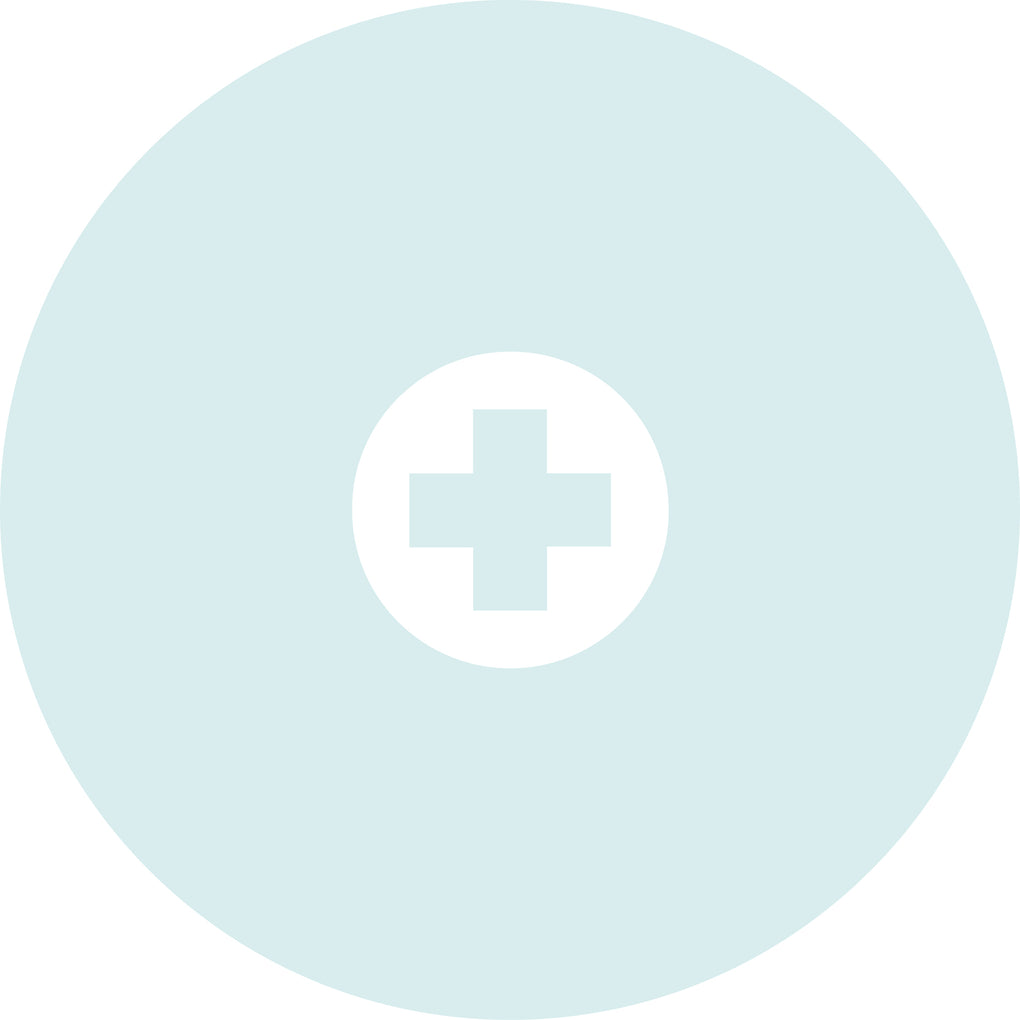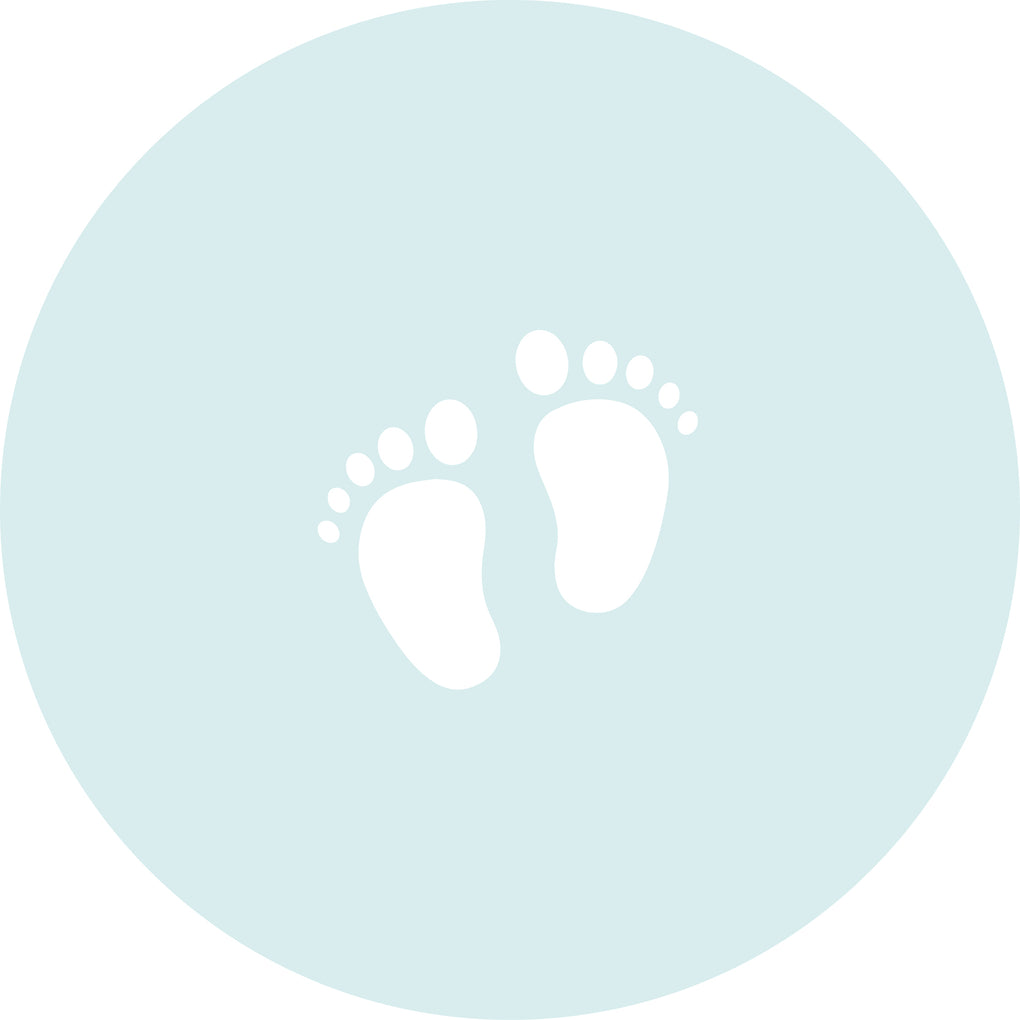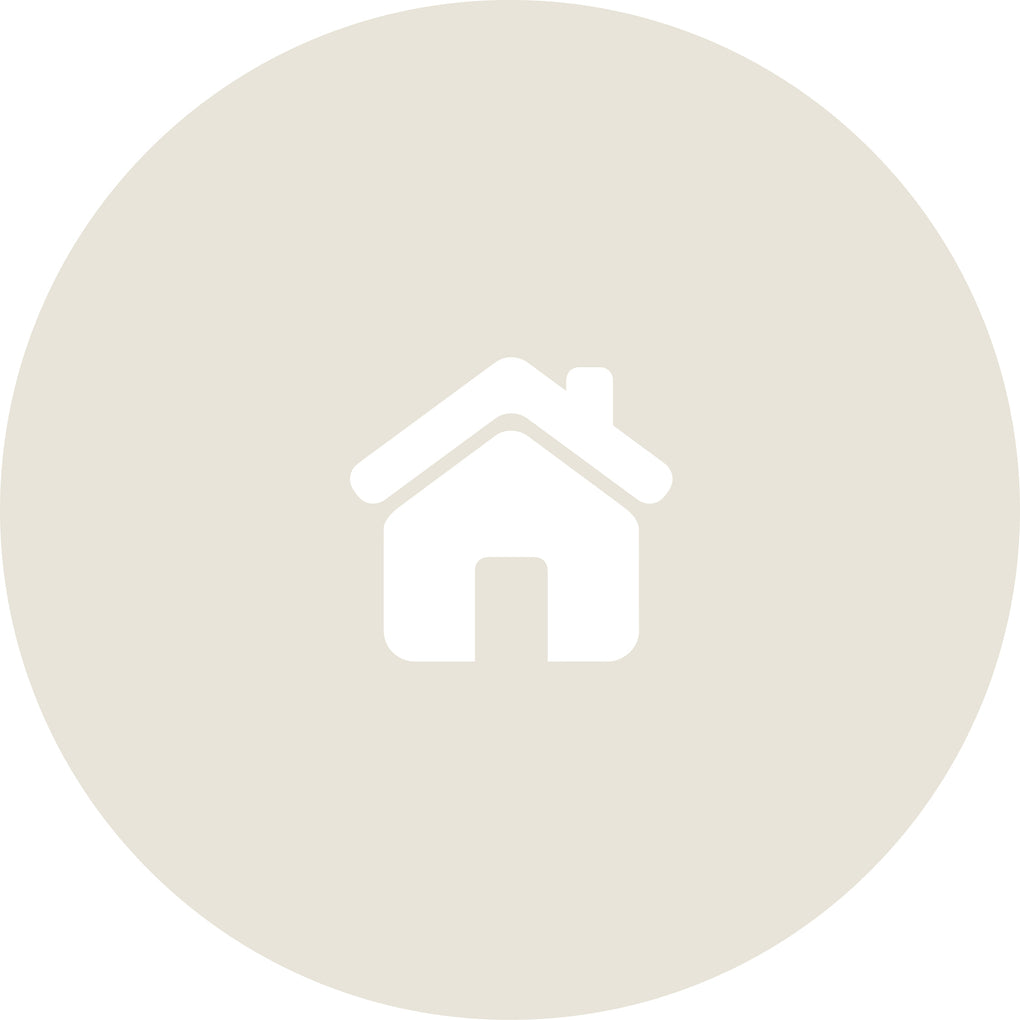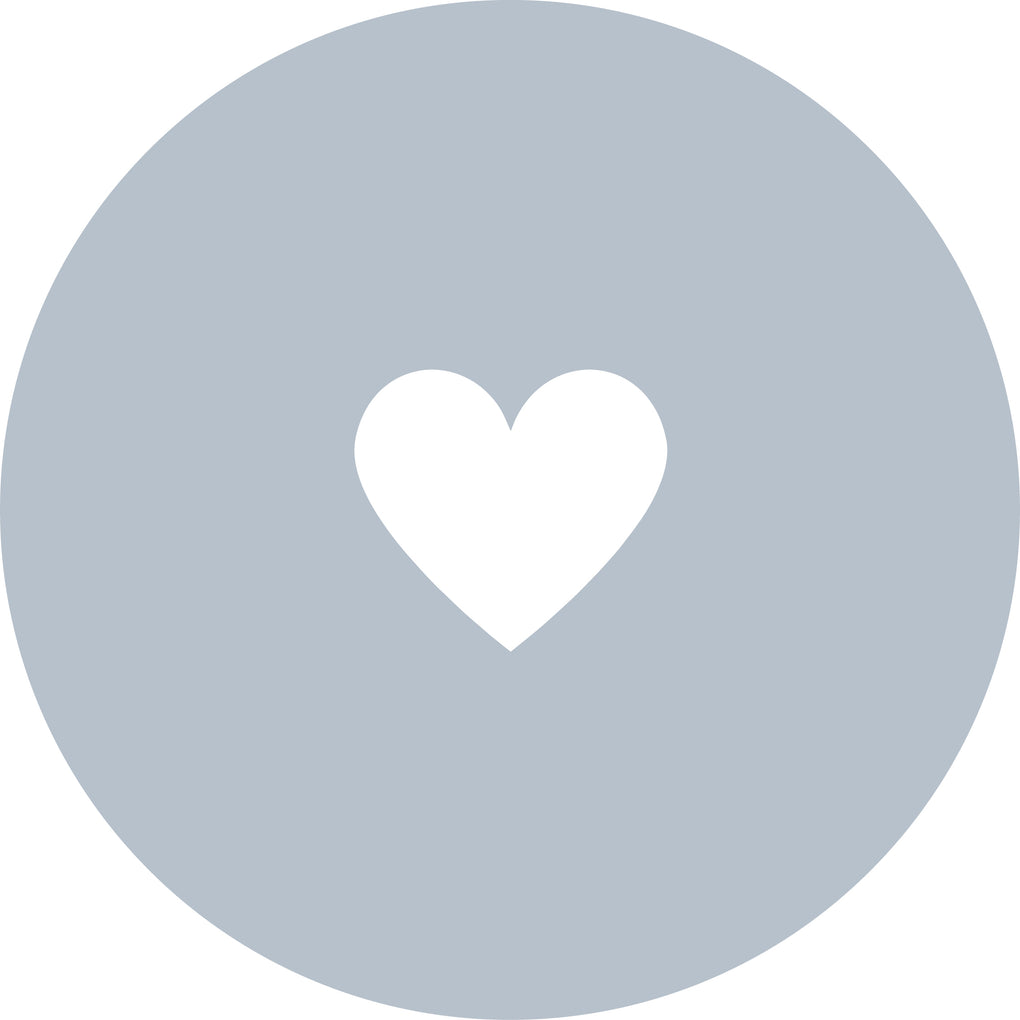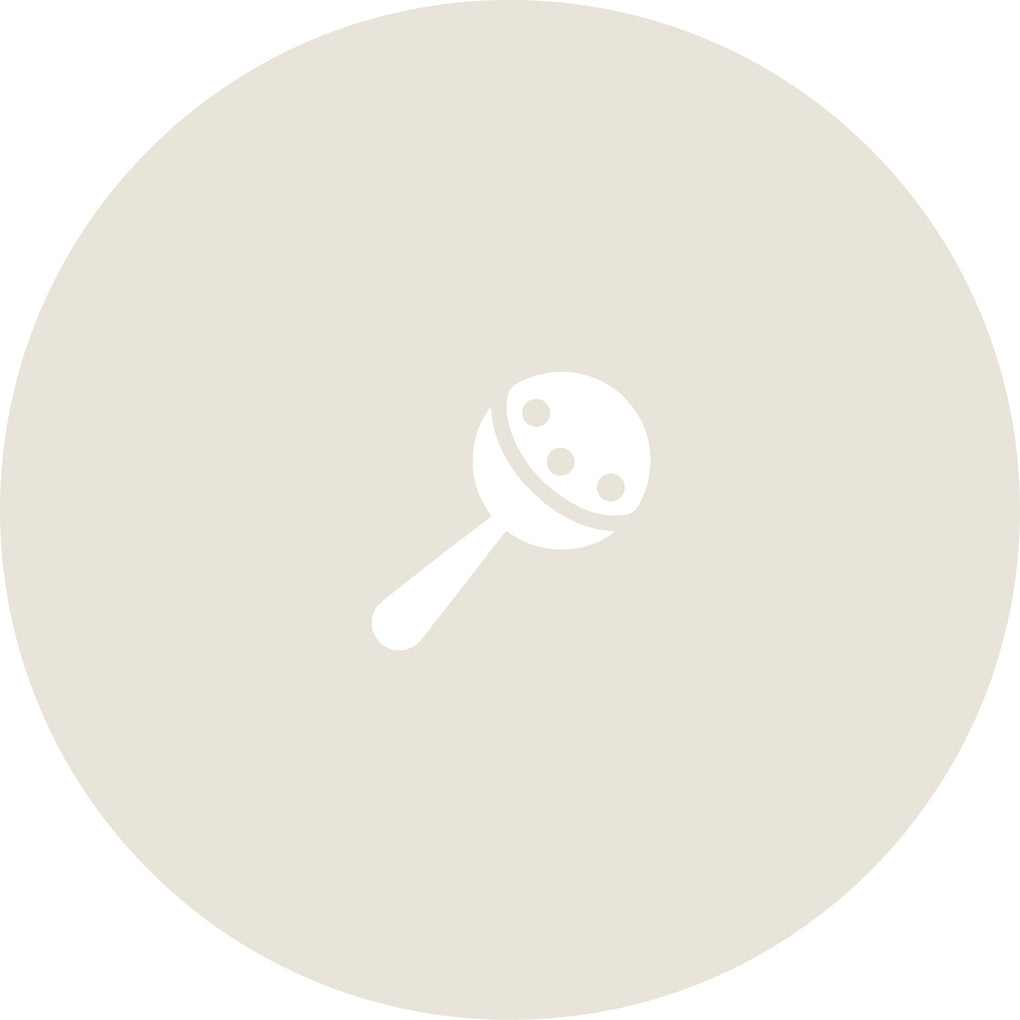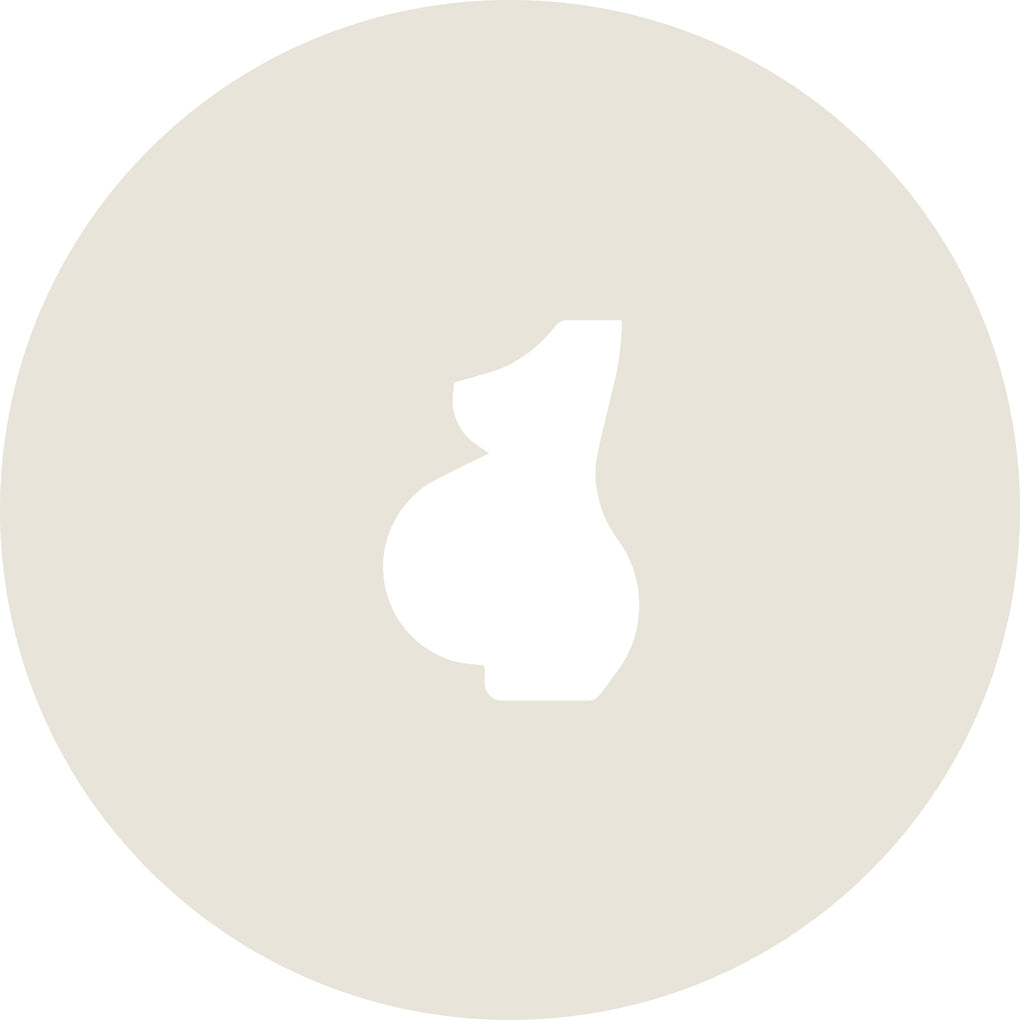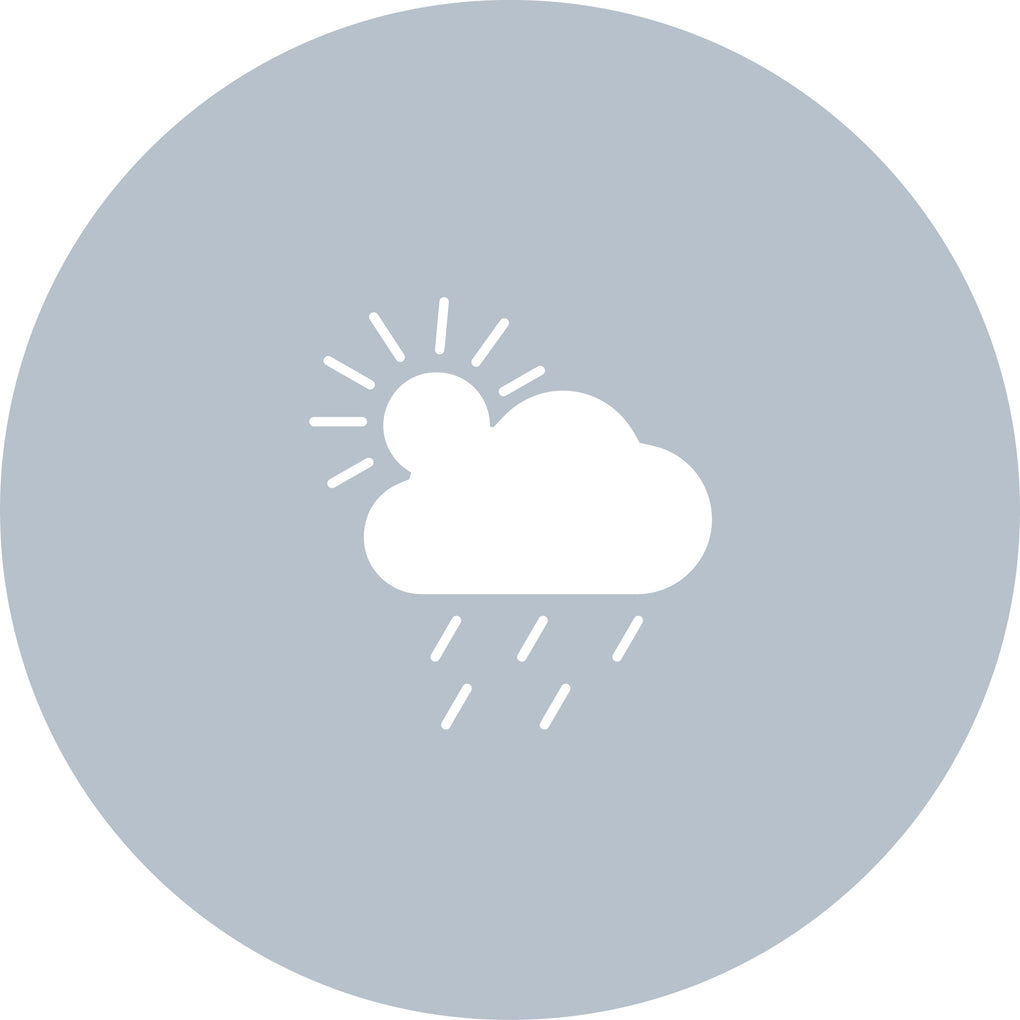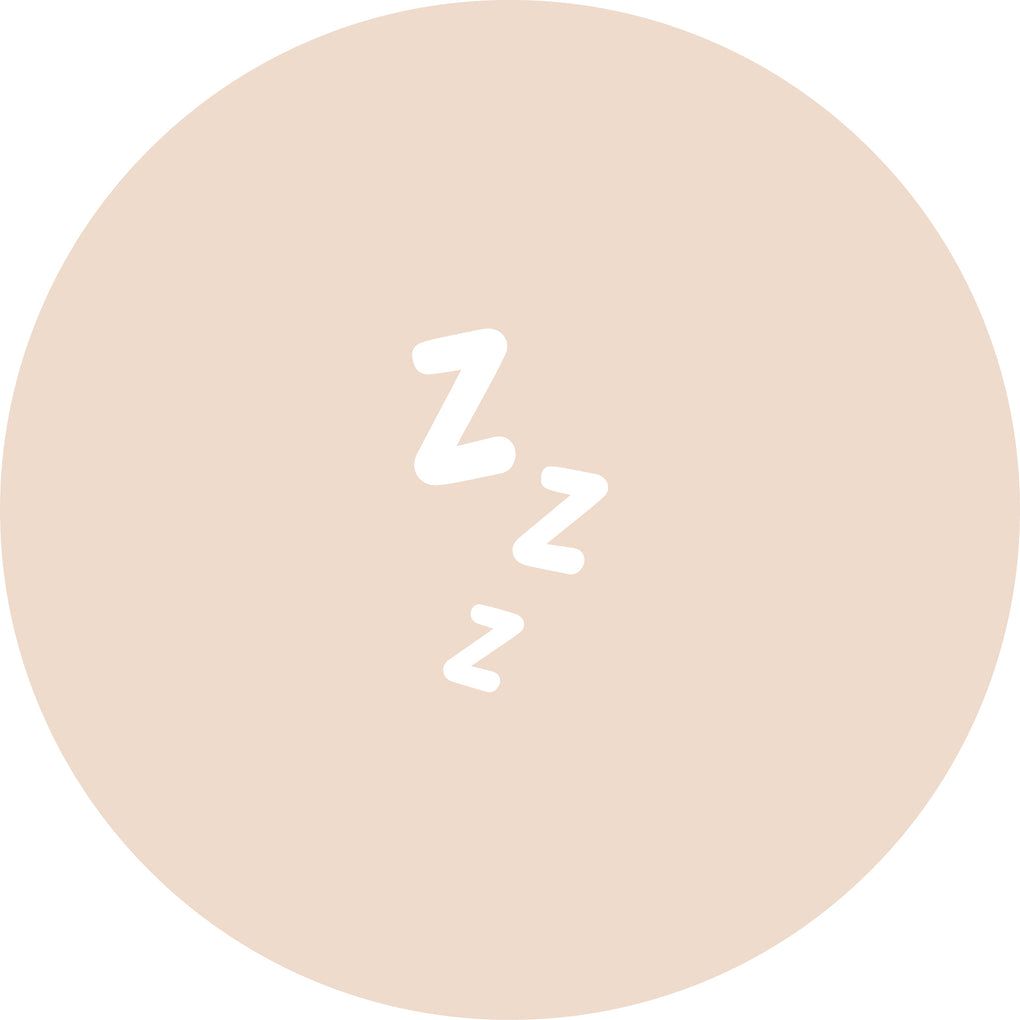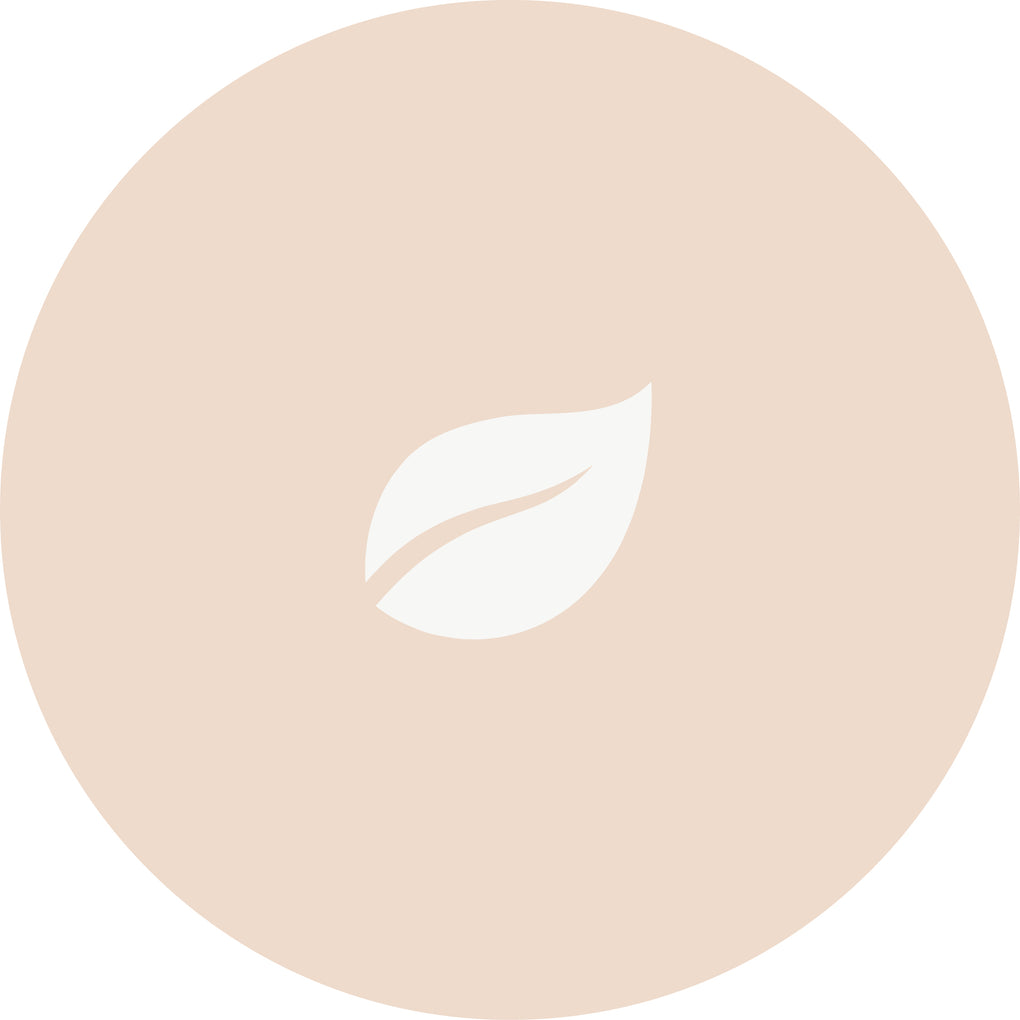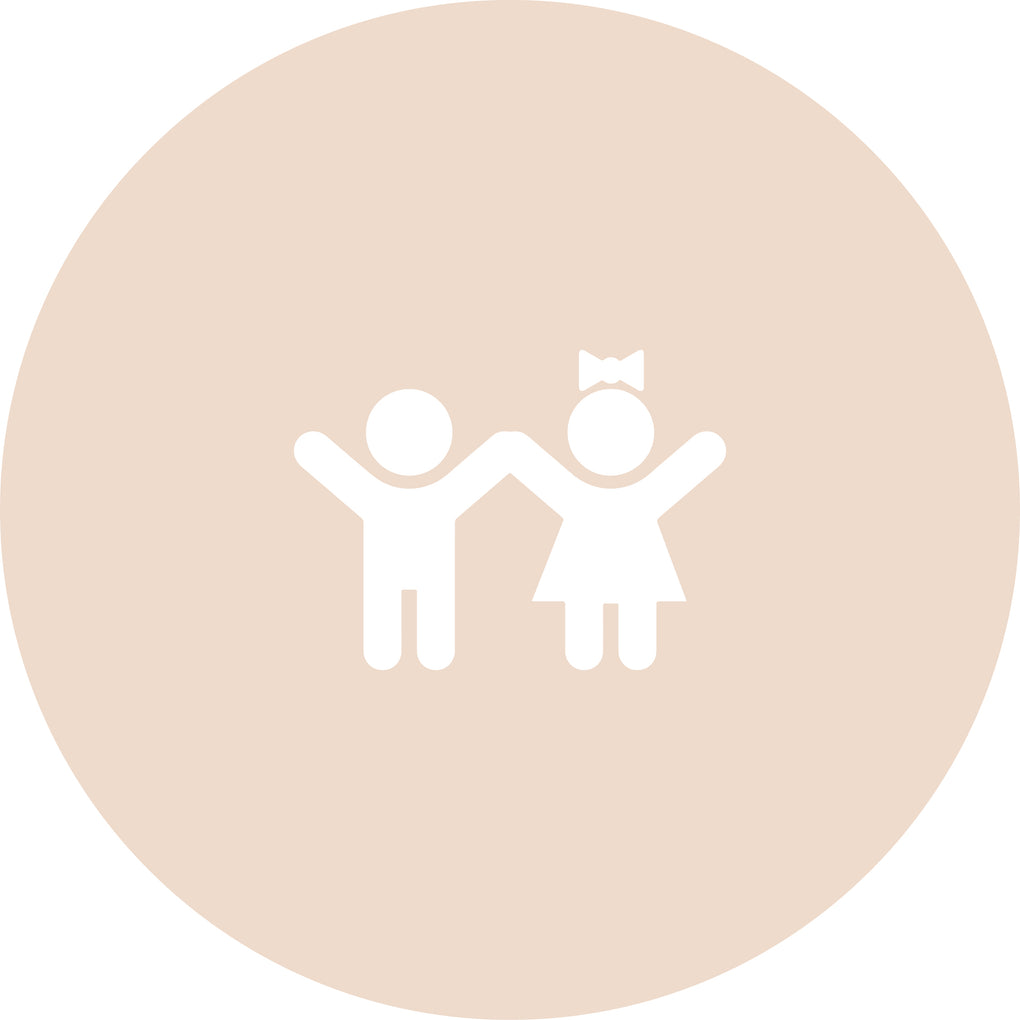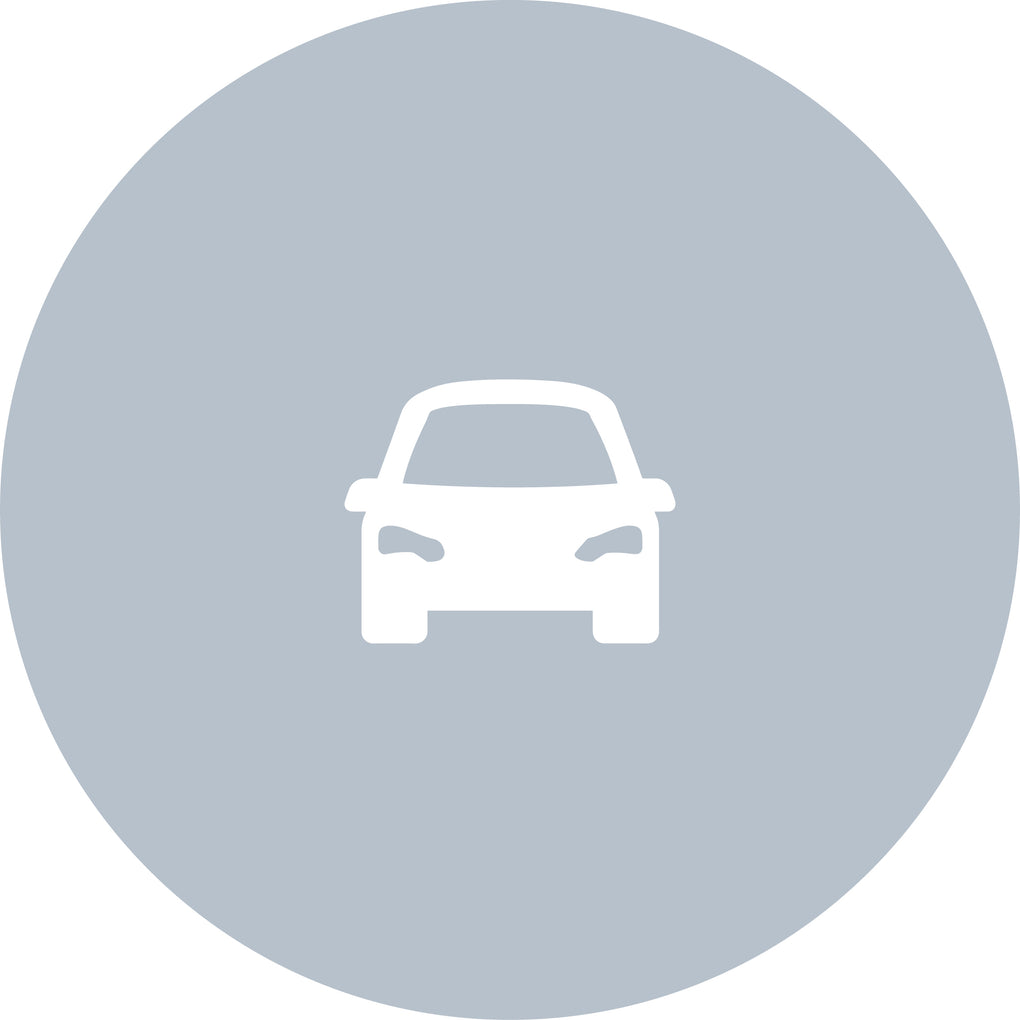We know how important it is to find the feeding method that works best for you and your baby, but it's not always easy to balance health, comfort and convenience. To celebrate World Breast Pumping Day, we want to dive into the benefits and challenges of breast, pumping and bottle feeding to help you find the formula that fits your body and lifestyle. We will also recommend some of our feeding product favourites, so you're fully prepared for each stage of the baby feeding journey, whichever path you choose.
Breastfeeding: Benefits and breast practice
Breastfeeding is a great feeding option that provides plenty of both emotional and physical benefits for you and baby. Breast milk is full of antibodies which help fight infection and will keep changing to meet the needs of your growing child. Breastfeeding can also help protect your baby from vomiting and diarrhoea, chest infections, eczema, sudden infant death syndrome (cot death), ear infections and obesity.
And it's not only your baby who'll reap the breastfeeding benefits. As a mother, breastfeeding can protect you from ovarian cancer, osteoporosis and obesity, and as well as the physical benefits, there are also a range of psychological effects. Breastfeeding releases a hormone called oxytocin that can help reduce stress and anxiety, while helping to promote maternal instincts and behaviours. The physical closeness and intimacy of holding your baby to your body will help strengthen the bond between the two of you.
However, the feeding method that works best for you is also the one that's best for your baby. Breastfeeding can be challenging and physically and emotionally exhausting, there are side effects such as sore or cracked nipples, breast engorgement, mastitis and leaking. Many mothers also struggle with the amount of milk they are able to produce, with some producing too much and some unable to produce enough to sustain their baby. In these cases, it is more than okay to turn to other methods of feeding such as pumping or bottle feeding.
Getting started
If you do decide that breast is best for you, then you'll need to be prepared. The World Health Organisation recommends exclusive breastfeeding for the first six months of your baby’s life, and then continued breastfeeding alongside other foods for at least the first two years and beyond. There are lots of things to consider when starting your breastfeeding journey.
When holding your baby, it is important that you are in a position that is comfortable for both of you to stay in for a long period of time. When starting out with breastfeeding, many mums will wonder how to use a breastfeeding pillow, check out this blog for your expert guide to nursing pillows with bbhugme. We have a range of high-quality nursing pillows and feeding chairs to help you find that perfect position and comfort to compliment your feeds.
One of the other key elements of breastfeeding to consider is feeding on the go, which can be one of the main reasons why mothers may choose to pump or bottle feed. Feeding in public can be a daunting task, but it is a completely natural and beautiful thing. If you are out and about and need to feed your baby, find a comfortable and safe spot and try to remain calm and focused on your baby.
If you are looking for something to keep you covered and modest while feeding in public, you can take a look at our selection of stylish bras, nursing tops and covers. Made from the softest fabrics and designed to provide excellent airflow for your baby, our range of nursing tops are definitely a must-buy for breastfeeding mums.
If you want to learn more about the benefits and challenges of breastfeeding, and are looking to find the perfect feeding products and accessories, take a look at our Breastfeeding Buying Guide. We also have this blog post which is a more in-depth look at The art of breastfeeding.
Breast pumping
Breast pumping is a fantastic option for mums who are looking for more control over their feeding schedule, for those looking to stock up their supply and store their milk, and those mums who are more on-the-go and don’t have the time to breastfeed, while also providing the same immune-boosting power as feeding from the breast.
Pumping can also be a great way to increase your milk supply, if you find you are having trouble producing enough milk to keep your baby full, regular pumping will help keep your supply up. If you are looking to feed your baby through pumping, you should pump every 2-3 hours, or as often as your baby would naturally nurse. Most mums find that pumping every few hours maintains milk supply while preventing engorgement or discomfort.
If your baby is exclusively breastfeeding, you are both feeling comfortable and your baby is healthy and gaining weight as expected, there is really no need to start pumping. If you think that you are reaching a time where you won't be able to reliably exclusively breastfeed, you could consider pumping as a way to build up a milk supply for the future.
Getting started
When starting out with pumping, we would recommend that you start with a slower speed, and one that feels the most comfortable for you. You can start expressing your milk by hand in the first two hours after birth and then begin to pump regularly every few hours. Remember that when you are pumping for the first time, it may take a few minutes before your milk starts flowing.
Similar to breast feeding, there are some drawbacks to feeding your baby by pumping, and it can be difficult to do in public as pumps can be noisy and, if you are using a manual pump, time consuming. If you are thinking of pumping and are looking for something hands free, lightweight and silent, then we would highly recommend our Elvie Single Pump and Elvie Stride Breast Pump – Double which both fit easily into a nursing bra, only take seconds to assemble and are completely silent.
We also have a selection of more affordable options similar to the Elvie breast pump, and we offer a range of wearable breast pumps and hand-free breast pumps. Our Pippeta Wearable Hands Free Breast Pump is a great option – and comes in a stunning rose pink colour!
Here you can find a detailed comparison of our top wearable breast pumps including brands Elvie, Pippeta and Fraupow to help you make your decision.
Storage
Another thing to consider when pumping your breast milk is how you are going to store it safely – even frozen breast milk has an expiry date! The Centers for Disease Control and Prevention recommends the following timelines for milk storage:
- At room temperature for up to four hours
- In the fridge for up to four days
- In the freezer for around six months is best and up to 12 months is acceptable
We have a great range of milk storage bags and organisers to choose from, as well as cooler bags for when you and your family are on the move.
Bottle and formula feeding
If you decide that neither pumping or breastfeeding are right for you, you can of course try bottle and formula feeding. Bottle feeding offers you to have complete flexibility with feeding and is a super convenient option. You will have more control over timings of feeding, and formula-fed babies tend to eat less frequently than breastfed babies as formula takes longer to digest.

It is also important to note, if you are taking certain medication that could harm your baby’s milk supply, formula feeding is essential. For more information about the medicines that can and cannot be taken while breastfeeding, you can check out this article on the NHS website.
There are of course also challenges and downsides of feeding your baby with formula. Formulas are unable to provide babies with the same level of immunity to infection and illness than breast milk. Formula-fed babies are also more likely to have a gassy tummy and there is a higher risk of constipation. However, there is no actual evidence to suggest that babies who are formula-fed are at a disadvantage compared to breastfed babies.
There are lots of products and accessories to consider with formula-feeding, as you must have several baby bottles, teats and bottle brushes, and you will need to look into whether you want to use silicone or glass baby bottles. It’s also worth deciding how you are going to sterilise your baby bottles. Discover our range of bottles and teats and bottle sterilisers and preparation equipment.
It is also super important to plan ahead with this method, as baby formula must be prepared in advance and kept at the right temperature.
Weaning your baby and feeding on the go
If you have made it to the first six months of your baby’s live (congrats!), you could be ready to start introducing solid foods into their diet. You can tell if your baby is ready to be weaned, as they might show signs that they are hungry after a milk feed, or they may start showing an interest into your food.

It’s important to note that every baby’s feeding and weaning journey is different, and they will need to move at their own pace. Don’t be too hard on yourself if your weaning journey doesn’t go as expected.
When weaning, there are three key stages:
Stage 1: Baby’s first tastes (4-6 months)
Begin with a couple of teaspoons a day and don’t decrease their current milk supply. You can start with purees and soft or cooked vegetables such as avocado or broccoli to help get your little one chewing. It might be a good idea to look into food processors to help out with preparing food at this stage.
Stage 2: More adventurous foods (7-9 months)
Your baby should now be used to the stage one solid foods, so now you can have more fun and try out different foods more regularly, around 2-3 times a day. Start decreasing their milk supply and try foods such as mashed vegetables, yoghurt, soft meats or cooked pasta.
Stage 3: Balanced meals (10-12 months)
Most of your child’s nutrition should now be coming from the foods they eat, and you can start to change from milk dependency to complete solids. Firmer foods are now on the cards, and you can even try giving them a smaller version of what the rest of the family is eating.
Check out this blog post for or a more detailed dive into the three key stages of weaning.
It is now time to consider how to feed and wean your baby on the go. We have a range of lunchboxes, drink bottles, lunch bags and snack pots to help you prepare the perfect packed lunch for a picnic in the park or a fun family day out.
So, whichever feeding feat you choose, remember that there is no one size fits all. Whatever works best for your lifestyle, health and body, will be the best option for your little one.






